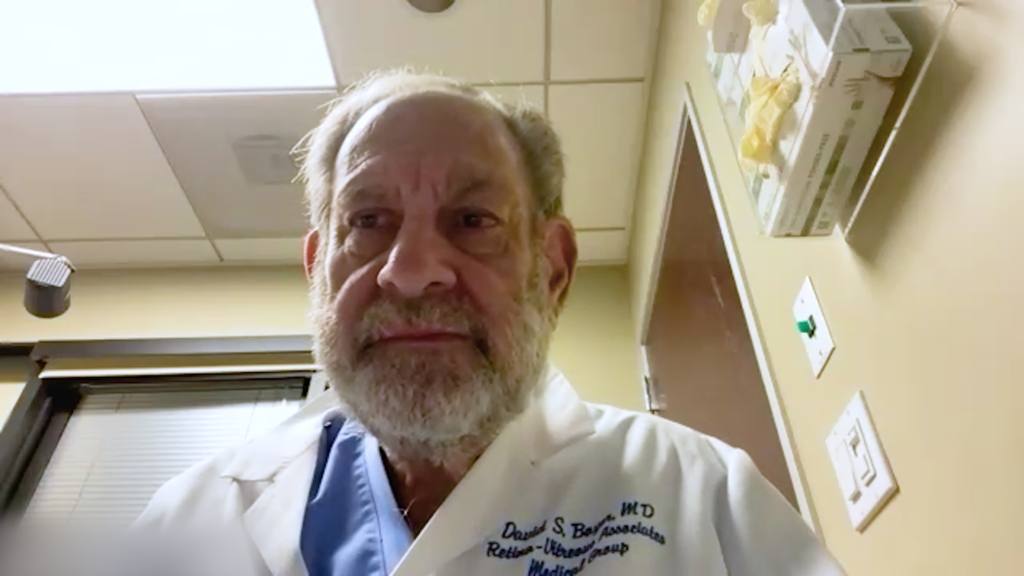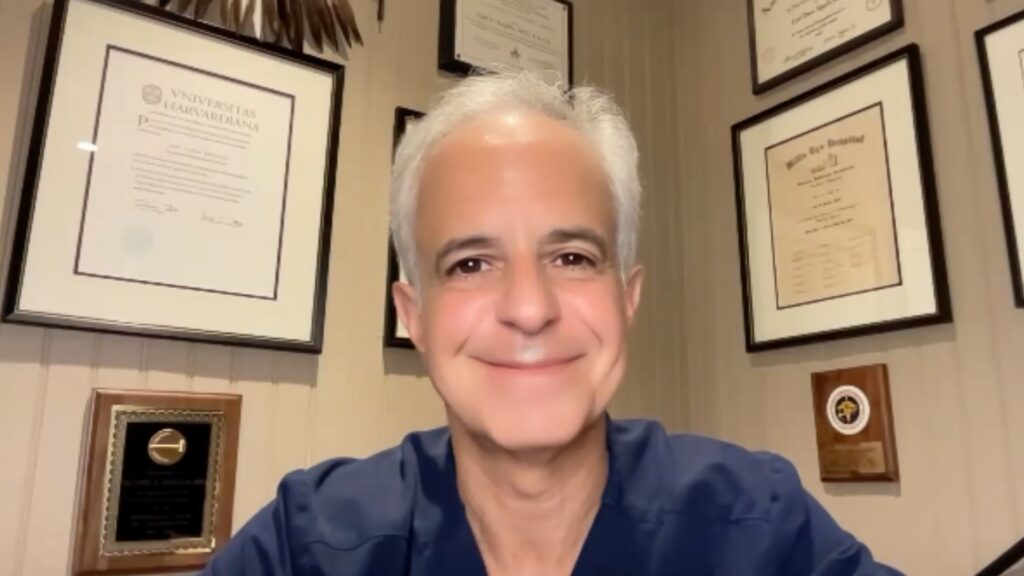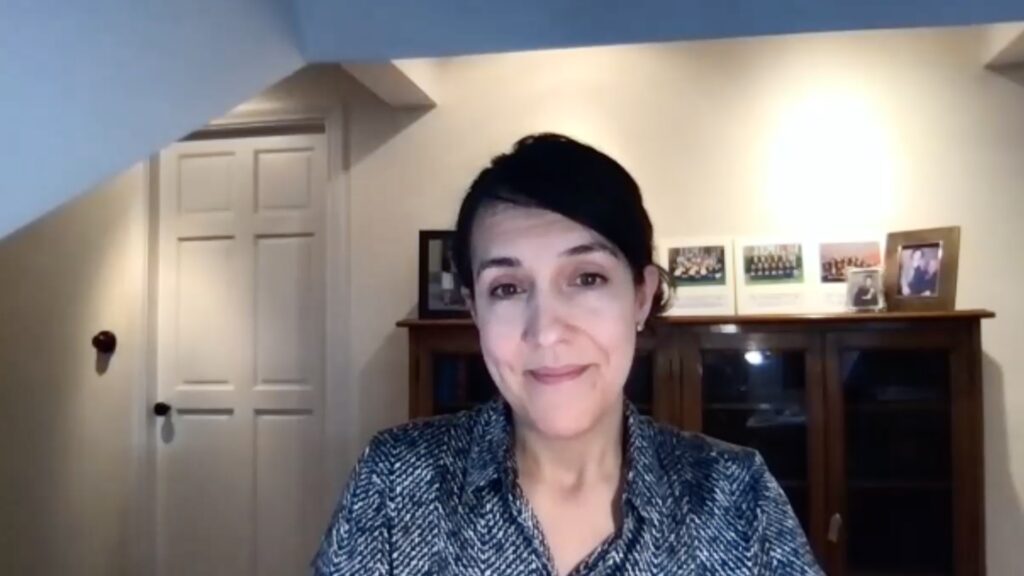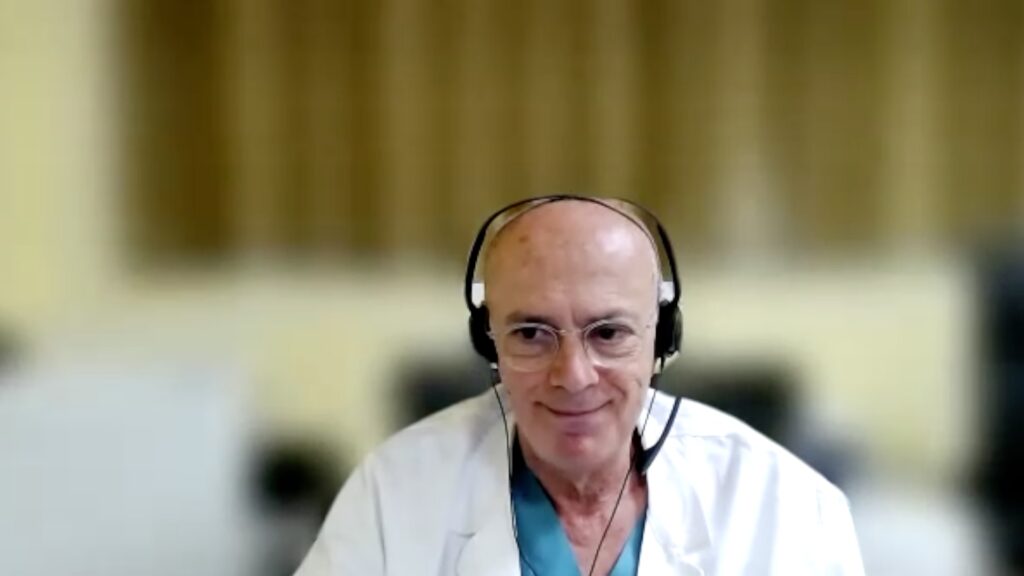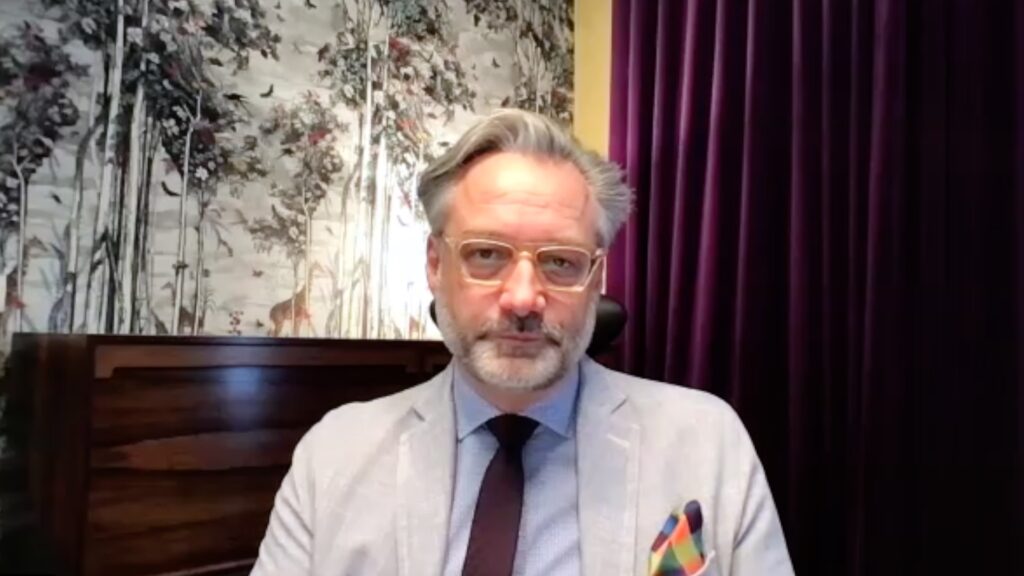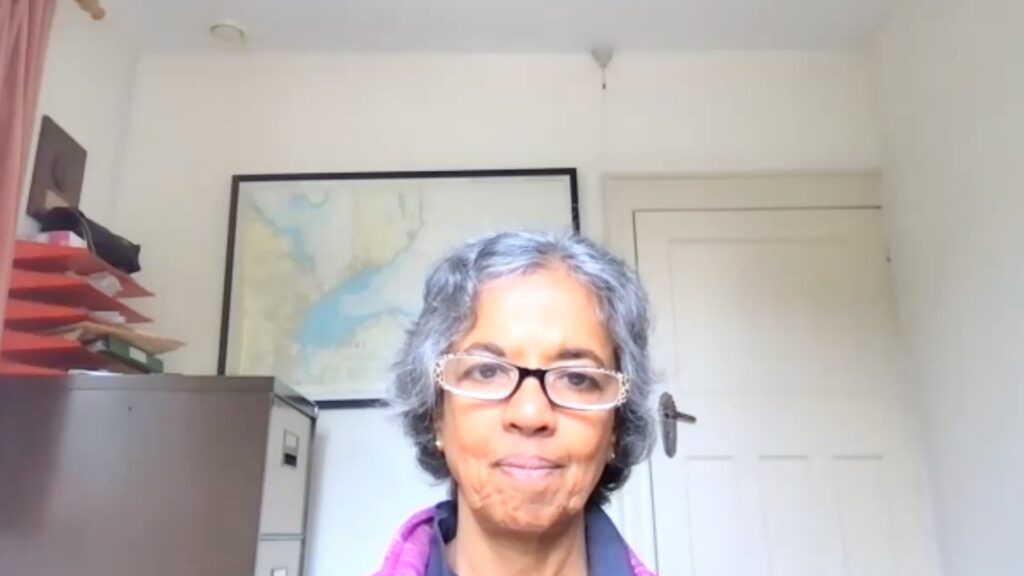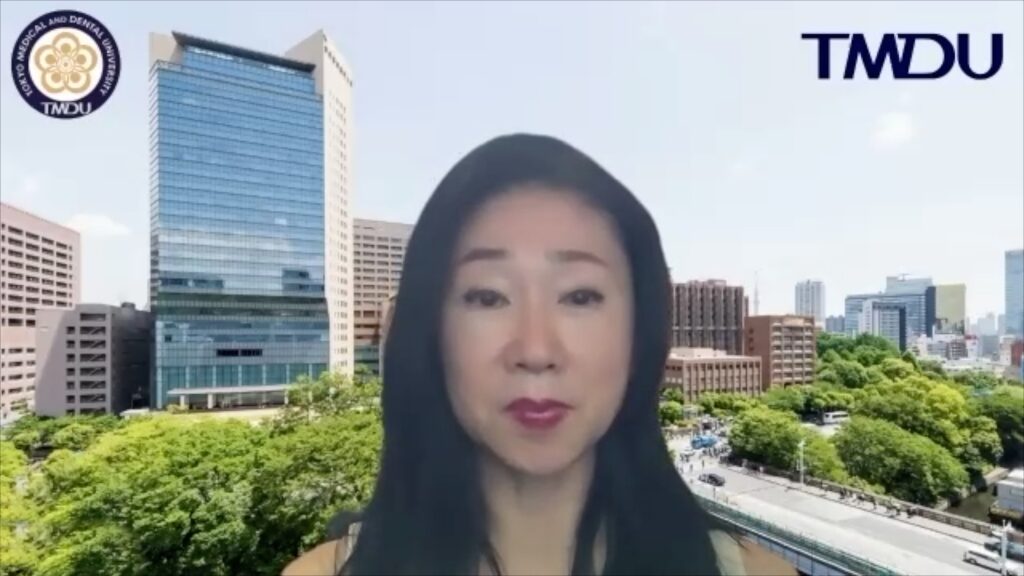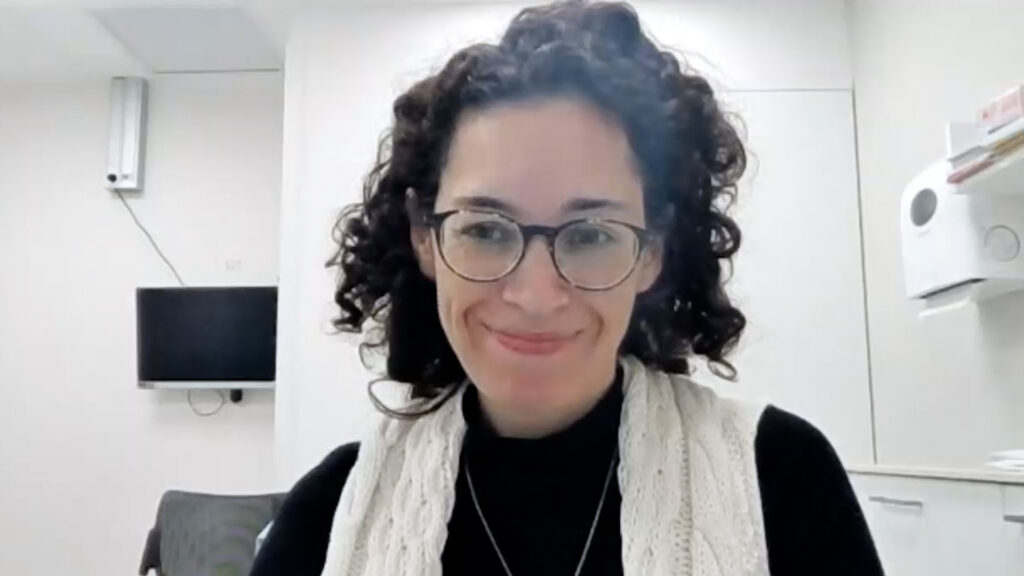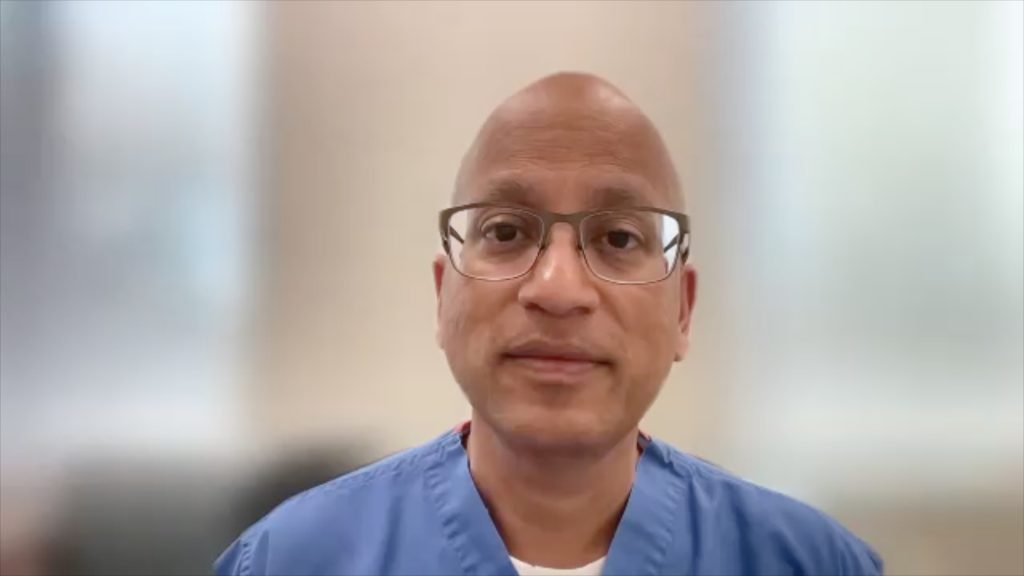The advent of new imaging modalities has greatly aided the understanding of neovascular age-related macular degeneration (AMD). Dr Roberto Gallego-Pinazo claims that much of this progress can be attributed to structural optical coherence tomography (OCT). In this interview, filmed at AAO 2018, Dr Gallego-Pinazo discusses the importance of structural OCT and other types of imaging in the diagnosis and treatment of neovascular AMD. He also describes how fluorescein angiography has made it possible to divide neovascularisations into classic and occult, and how structural OCT has advanced this further, allowing the differentiation of neovascular subtypes 1, 2 and 3. Finally, Dr Gallego-Pinazo discusses how better education is required in terms of analysing the information provided by structural OCT in order to determine accurate treatment endpoints, and how self-monitoring devices and telemedicine are the next step forward in neovascular AMD.
Questions:
1. What are the most useful imaging modalities in the diagnosis and monitoring of neovascular age-related macular degeneration (AMD)? (0:11)
2. How has multimodal imaging impacted on our understanding of neovascular AMD? (0:44)
3. How has these new insights affected the classification of neovascular AMD and what are the clinical implications of this? (1:45)
4. What biomarkers of neovascular activity have proven useful in multimodal imaging? (2:48)
5. What are the remaining unmet needs in this area? (3:45)
Speaker disclosures: Roberto Gallego-Pinazo has nothing to disclose in relation to this interview.
Filmed at the American Academy of Ophthalmology (AAO) 2018 Annual Meeting, Chicago, IL, US, 27–30 October 2018.



